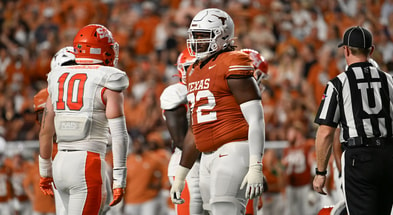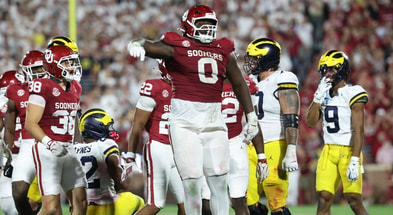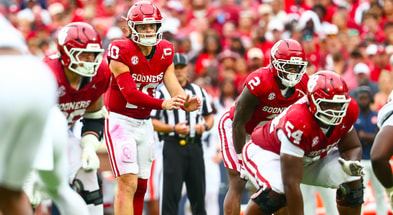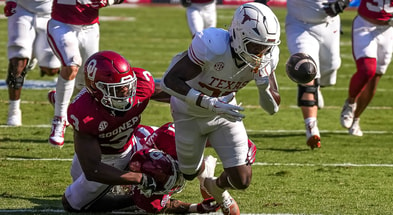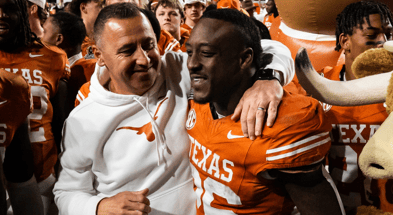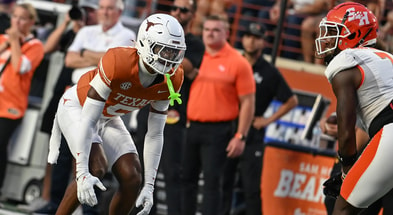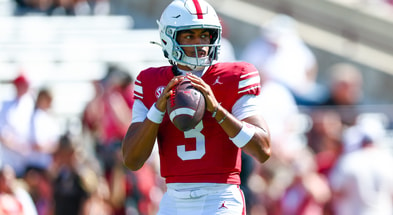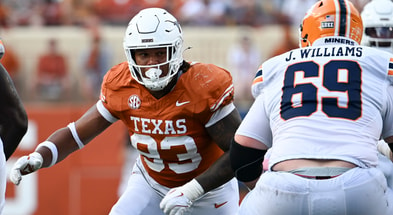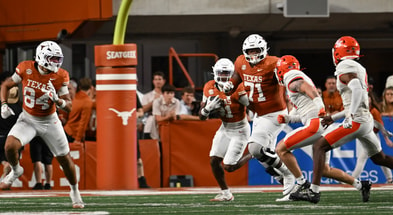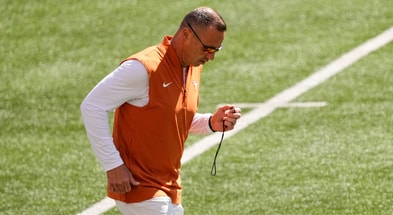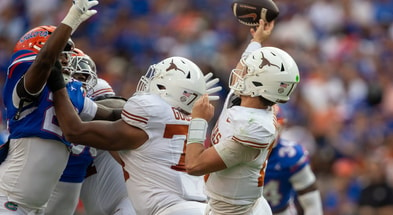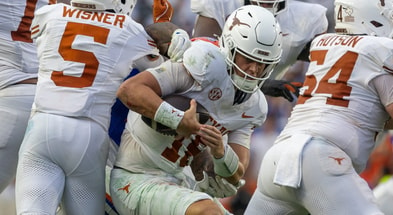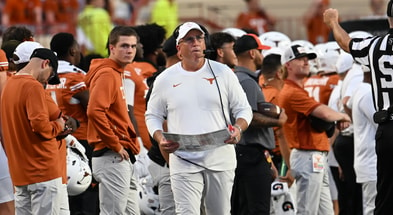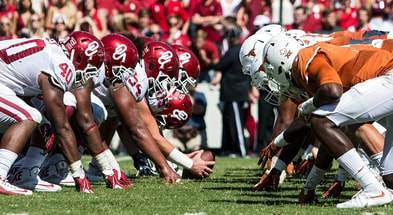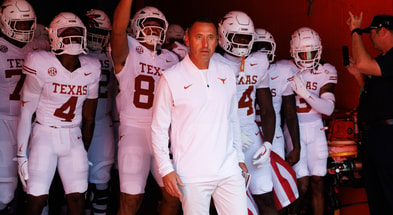What does being efficient on first down mean for the Texas Longhorns?
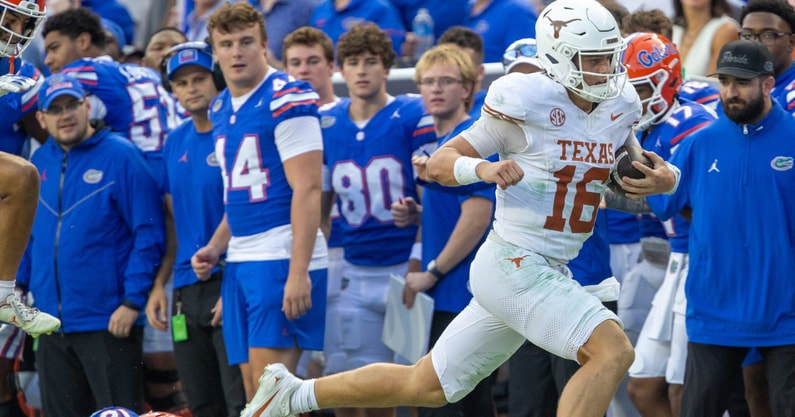
In today’s Zoom presser with Steve Sarkisian, the Texas Longhorns head coach identified two spots where the Longhorns need to be better come Saturday for the Red River Rivalry.
[Order THE LONGHORN ALPHABET: Get your little Longhorns ready for Red River!]
“Now we can help ourselves on two different fronts: one, play better earlier in the game and execute a little more soundly earlier in the game, and two, be more efficient on first and second down,” Sarkisian said.
While the fix to starting games faster can often be a mental change for the players and a schematic change from the staff, Texas’ well-documented problems on first down need a major fix.
Texas had 27 first-down attempts vs. Florida last week. They were successful on five of them, a gross 19% success rate. Twice they had to start from 1st and 20 because of holding penalties, with each resulting in a poor play: an incompletion and an interception from Arch Manning trying to target DeAndre Moore downfield.
It’s been well-documented that Texas is finding itself in too many third-and-longs. This offense can’t convert these. So what is the problem on first down that’s getting them there?
To start, Texas is finding too many zeros on these plays. Between 54 plays against Ohio State and Florida, Texas had 28 plays that resulted in zero yards, a loss of yards, a penalty, or a turnover. Over half the time, you can expect a zero from the Longhorns.
Another problem is that Texas is either finding small gains or big ones, but little in between. Of those 54 plays, just five went for between 7 and 15 yards—what can be seen as a strong but not explosive gain.
Issues with this offense can definitely be tracked down to personnel. Especially without CJ Baxter healthy, Texas may not have the caliber of running back on this offense to turn two-yard gains into five. They clearly don’t have the offensive line to generate push or sit back deep in dropback. Pair that with tight ends that struggle to block and a wide receiver corps just getting healthy, and the Longhorns have some problems that aren’t quite fixable.
What is fixable is Sarkisian’s scheme—something that has been causing much chagrin in the fan base after this Florida game.
There’s an idea in football that you can solve the early-down run game by doing the exact opposite of running. Texas has to major in a few different identities: screen passing, reverses, and the QB run.
Texas has to accept a few facts: this offensive line isn’t good enough to hold blocks in the traditional run or deep dropback game. The running backs aren’t good enough to be blindly relied on. Twelve personnel is not generating enough blocking advantages to be heavily relied on.
Top 10
- 1New
LSU jersey patches
Tigers have multimillion-dollar deal
- 2Hot
Ryan Clark
Issues apology for Lacy case
- 3
Mario Cristobal
Calls for change to Heisman
- 4
Paul Finebaum
Makes Red River bold prediction
- 5Trending
John Mateer injury
OU QB's status updated
Get the Daily On3 Newsletter in your inbox every morning
By clicking "Subscribe to Newsletter", I agree to On3's Privacy Notice, Terms, and use of my personal information described therein.
Some of Texas’ most successful first-down plays against Ohio State came on modern spread fundamentals: an RPO screen pass to Moore near the sideline, a tight end screen to Jack Endries, and a designed QB draw for Manning.
Without Baxter able to eat into early-down carries, Texas has to find ways to get the ball into the hands of its best playmakers.
Twenty-one personnel must be utilized more. Texas found a lot of success with it last year, and it’s better suited for the skill sets of players like Quintrevion Wisner, Christian Clark, and Ryan Niblett.
Sarkisian is also going to need to swallow his pride on the deep ball on early downs. It’s clearly hurting his offense, even if Texas completed three throws of 19 or more yards against UF down the field on first downs. But that doesn’t account for four sacks and a turnover that came with them.
Texas can still operate down the field, but it has to come on 2nd and short or 3rd and 1, where you feel confident about picking up the fourth down. Texas’ win condition against Oklahoma is dominating time of possession and letting its defense dominate a likely Michael Hawkins-led attack. Win 14-7. A win is a win.
To do that, Texas doesn’t need to connect on four deep balls in the game—just two on well set-up and conditioned plays may be all they need. But that doesn’t start with a play-action double crosser on 1st and 10 at the 25. This isn’t Madden.
Texas has the tools to operate correctly on first down. It’s up to Sarkisian to call the right plays and for a few playmakers to punch above their weight against a good team.
